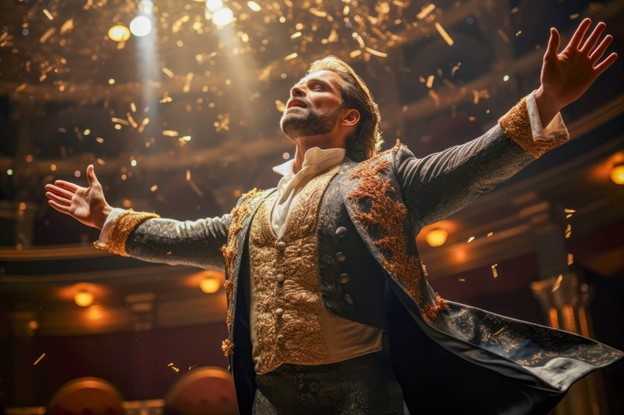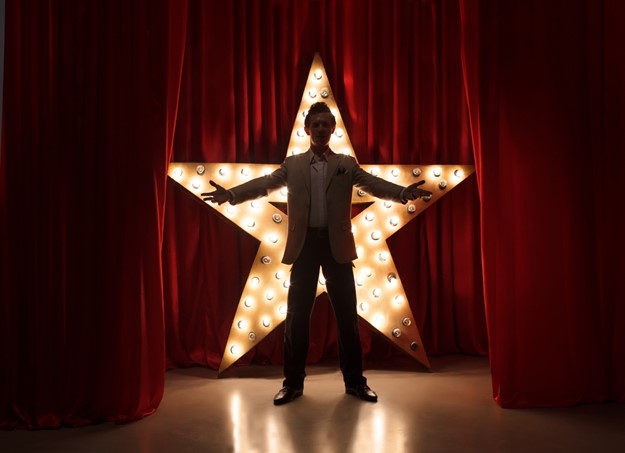In the ever-evolving landscape of television production, the debate between multicamera and single-camera setups continues to shape the narrative and performance styles of actors and directors alike. Multicamera sitcoms, with their long history rooted in the early days of television, present unique challenges and techniques for actors, distinguishing them markedly from their single-camera counterparts. This article from James Snyder delves into the intricacies of acting in multicamera productions, exploring the specific hurdles actors face and the distinctive skills they must hone to excel in this demanding yet rewarding environment.
The Essence of Multicamera Production
Multicamera productions are typically filmed on a soundstage, featuring multiple cameras recording simultaneously from different angles. This setup is most common in sitcoms, where the action unfolds in real-time, often in front of a live studio audience. The layout allows for quicker shooting schedules compared to single-camera shows, as it captures all angles of a scene in one take. This efficiency, however, comes with its own set of challenges for actors.
Navigating the Stage with Precision
One of the primary challenges in multicamera acting is the strict requirement for spatial awareness and blocking. Actors must hit their marks precisely to ensure they are in the correct position for each camera angle. This precision is crucial not only for maintaining consistency across shots but also for ensuring that the live audience has an unobstructed view of the performance. The presence of multiple cameras necessitates a heightened awareness of where each camera is at any given time, compelling actors to adjust their performances to accommodate these technical requirements.
Playing to the Audience and Cameras
Multicamera sitcoms often employ a live studio audience, adding another layer of complexity to the actor’s performance. The immediate feedback from the audience can energize the cast and influence the pacing of scenes. Actors must balance their performances to engage both the in-studio audience and the viewers at home. This dual focus requires a nuanced understanding of timing, particularly in comedic roles, where actors must pause for audience laughter without breaking the rhythm of the scene.
The Energy of Live Performance
The live aspect of multicamera productions imbues them with an energy akin to theater. Actors must project and enunciate more than they might in a single-camera setting, where subtlety and nuance can be captured closely and intimately. This theatrical element demands a dynamic range of expression and the ability to sustain a high energy level throughout the performance, especially given the potential for multiple takes in front of a live audience.
Contrasting Single-Camera Techniques
Single-camera setups, in contrast, offer a more cinematic quality, allowing for greater flexibility in camera angles and lighting. This format lends itself to more intimate and nuanced performances, as actors can focus on subtlety and naturalism without the immediate pressure of a live audience. The absence of multiple cameras and a studio audience changes the dynamic significantly, offering actors more freedom to explore their characters in depth.
The Intimacy of the Single Camera
Without the need to project for a live audience, actors in single-camera productions can deliver more subdued, nuanced performances. The camera can move with the actor, capturing subtle expressions and gestures that might be lost on a multicamera set. This closeness creates an intimacy that can deepen the audience’s connection to the characters and story.
Flexibility and Exploration
The single-camera format also allows for greater flexibility in shooting locations, enabling a broader range of settings and more dynamic storytelling. Actors have the opportunity to immerse themselves in diverse environments, from bustling city streets to quiet, intimate spaces. This variety can inspire more authentic performances, as actors draw on their surroundings to inform their character’s experiences.
Mastering Multicamera Acting
To excel in multicamera sitcoms, actors must develop a specific skill set that balances theatrical projection with the intimacy of camera work. Mastery of blocking and spatial awareness is essential, as is the ability to connect with both a live audience and the camera. Actors must also adapt to the rapid pace of multicamera shooting schedules, maintaining consistency in their performances across multiple takes.
Acting in multicamera sitcoms presents a unique blend of challenges and rewards, requiring a distinct approach that differs significantly from single-camera productions. The multicamera format demands precise blocking, an ability to engage with both live and at-home audiences, and a high level of energy and projection. Despite these challenges, the opportunity to perform in front of a live audience offers an unparalleled thrill and immediacy. As television continues to evolve, the art of multicamera acting remains a vital and vibrant pathway for actors seeking to connect with audiences in the most immediate and engaging way possible.










